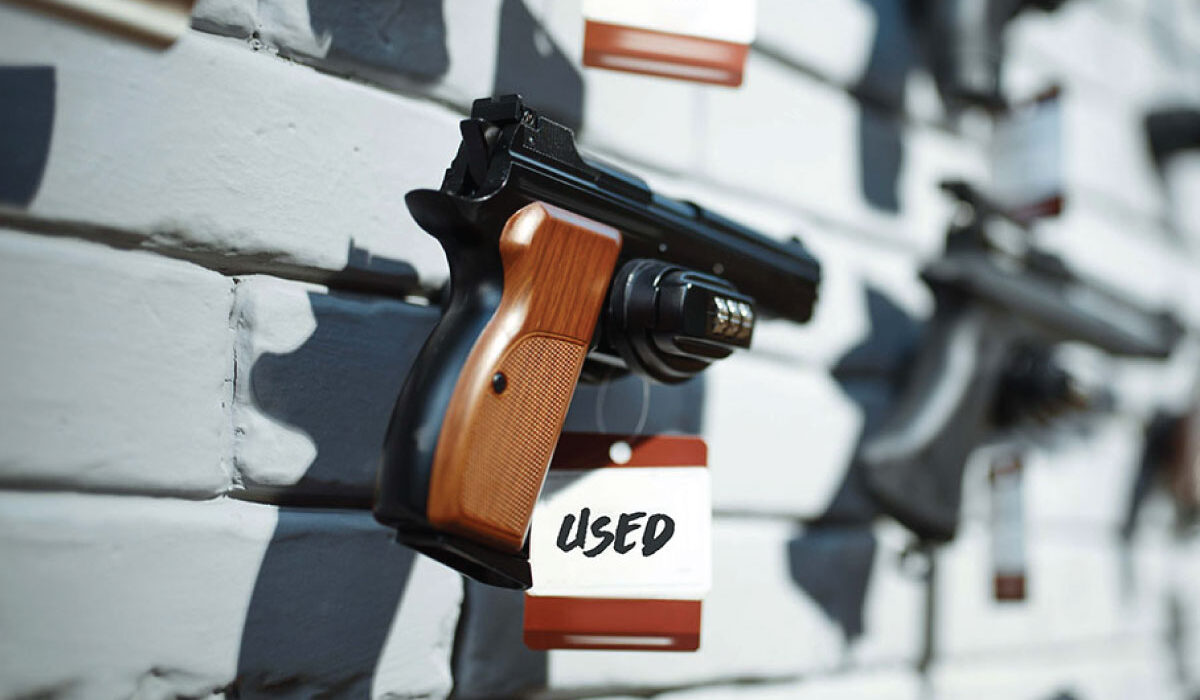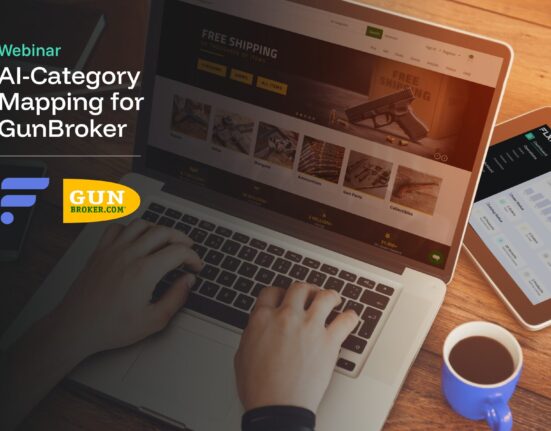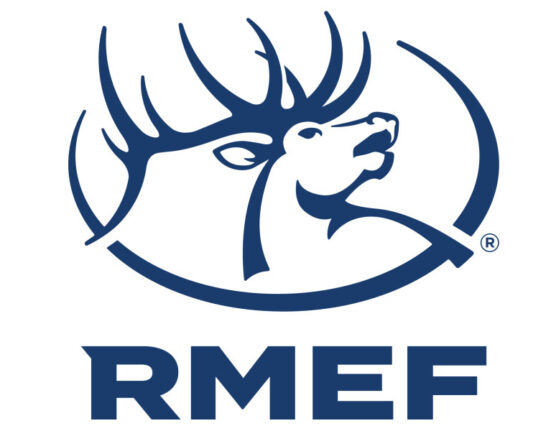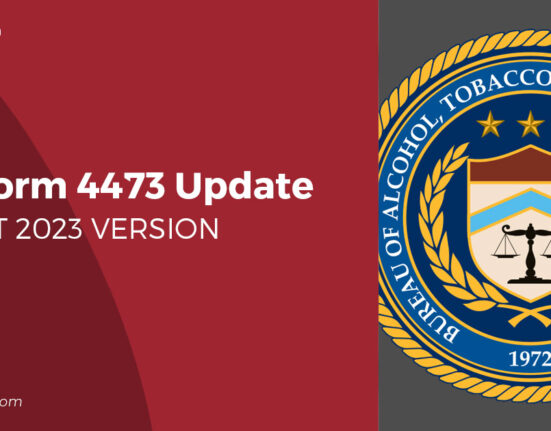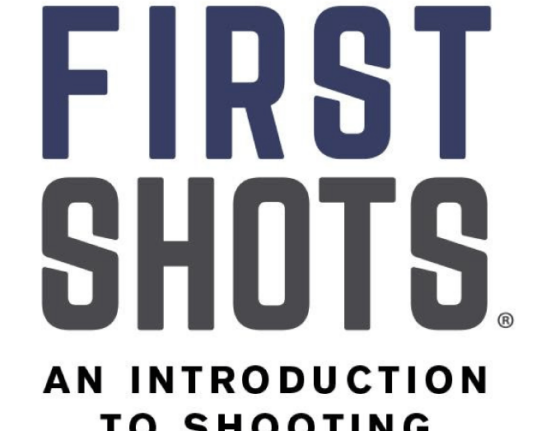By: Hank Yacek, Point of Impact Range & Retail Consulting
In the world of firearm retail, no question has a broader response than “Do you sell used firearms?” Some stores are hyper-aggressive about buying and reselling used firearms, while others take a more passive approach and some avoid this category entirely. In general, used firearms can be one of, if not the, most lucrative categories in the firearm retail industry.
With that being said, there are issues and concerns that affect every business trying to manage this category. Some of these challenges are what put some owners into the stance of “we don’t sell used firearms.” Let’s try to bring to light some of the biggest challenges facing stores and try to illustrate ways to overcome these barriers to grow used firearms into a place of large profits for any store.
The most common challenges retailers face when dealing with used firearms, in no particular order, are 1) Worry about the issues of buying second-hand product—what if I overpay or buy something that’s broken? 2) It takes too much time to evaluate each used gun people want to sell me. 3) I don’t want to upset my customers by offering less than they feel their gun is worth. These are all legitimate concerns, but each of them can easily be overcome with simple planning, education and the willingness to take a little risk. Let’s tackle each of them one at a time.
Worry Over Buying Used Guns
“What if I overpay or buy something broken?” Yes, the anxiety over having the knowledge needed to evaluate thousands of different makes and models can be overwhelming. This is even more true in areas of highly collectible firearms that can have huge price variances dependent on small variations in features, dates of manufacture or other aspects of the firearm in question. The best answer here is, start small and grow smartly.
Buying firearms that are currently being produced couldn’t be any easier to price evaluate; simply consider a “New In The Box” condition firearm as worth wholesale on the retail shelf, then back calculate what you should pay for it to give you the desired margin of profit. Once the condition deviates from “New In The Box,” it is up to you to purposefully discount the value based on the firearm’s blemishes or missing accessories.
To keep it simple, it can be in your best interest to simply put used guns into two categories. The first being, as mentioned, “New In The Box,” and the second being “Shooter Grade,” where you offer the same basic value regardless of it being in near-new to cosmetically-worn condition, and finally, just don’t offer to buy truly abused guns at all. This way you only worry about two pricing tiers. Sure, you might be underpricing a near-new firearm, but what that typically translates into is a very fast resell and a very happy customer. Both outcomes are highly valuable.
So, what about the “broken gun” issue? I think most firearm retailers have enough familiarity to find 99.9% of the problems a gun might have that would prevent it from being saleable, and if it is discovered that it is broken, it can surely be repaired by a competent gunsmith. Overall, the profits you make on the functional firearms will far outweigh the losses you take on those few broken guns that crop up from time to time. Simply put, if you are not buying a broken firearm from time to time, you aren’t buying enough used firearms.
As for firearms no longer in production that may or may not be considered collectible, grow into this space slow and smart. Pick a brand or even a model within a brand that you see more often than most, then spend the time to research it. Visit GunBroker.com and see what they are selling for, learn what your local market appetite is for them and once you get comfortable with that make or model, pick another one to add to your knowledge base. You will be surprised how fast your library of knowledge expands!
Speaking of library, buy reference books or seek out reliable sources of information on the internet that you can refer to and gather knowledge quickly. This can accelerate your ability and comfort in buying collectibles. Lastly, I often get asked, “What about the Blue Book of Gun Values?” Is this a good resource to determine pricing? To which I reply a resounding “No!” Why? Imagine if a company were to try and publish the “Blue Book of Stock Values,” do you think that by the time it was published the prices would be at all accurate? Of course not! Values can vary by time of year, local markets and other variables; however, the “Blue Book” is a great and valuable resource for how to spot firearms and figure out which variation you are looking at as well as determining relative values.
Relative values? What I mean by that is let’s say that you are looking at a Smith and Wesson Model 15, and the book value shows it at $500 and a similar Smith and Wesson model 29 is worth $1,500. For the most part, you can safely say that a Model 29 is going to almost always be worth three times as much as a Model 15. So if your research on current market prices for any specific model turns up dry, you can always use another model, within the same brand, as a cross reference to get you in the ballpark. The key here is to take the risk, make as an informed decision as you can, be willing to make mistakes (they won’t happen as often as you think) and just go for it!
It Takes Too Much Time
Next on our agenda is “It takes up too much time to evaluate each used gun people want to sell me.” Yes, it absolutely can eat up your time if you aren’t willing to delegate the task of purchasing firearms to your sales team. There lies the key—delegation! If the owner or general manager is the only person that can approve a purchase, you will have days where you will be totally consumed by evaluating guns. This is most commonly the worst use of a leader’s time and should be handed off to the sales team in earnest!
What is interesting for organizations that make the decision to take this journey into selling used guns is the pushback from employees saying something like, “I don’t want to make a mistake buying a product, overpay or buy something you don’t want.” Sound familiar? It is no different than the challenge we just talked about. It only takes time, faith in your staff and a little mentoring to set them on a course to purchasing/trading success.
What if you are an owner who just has a hard time trusting your staff to make these sorts of financial decisions? How can I lengthen the leash on my staff to let them take some of this burden off my back? Simply put, declare a purchase cap they have the liberty to authorize without your approval. For a brand-new employee, it might be “You have the authority to purchase firearms up to $500 in value without my approval,” whereas more senior staff might have limits of a couple of thousand dollars. Regardless of where you sit, show some faith and trust in your staff. It will pay off hugely in the long run.
Potential for Upsetting Customers
To close out this discussion, let’s take on the idea of upsetting customers during the purchase journey. Several tactics can help you easily overcome some, if not all, of these challenges. To start off, when buying a collection of firearms, never, ever, put specific values on individual firearms; purchase the group as an all-or-nothing lot, and simply offer one price for the group. By using this tactic, you let the owner place the value on the firearms. By purchasing the entire group, you remove the sense of “cherry picking” only the best guns, which often puts the owner on a footing of expecting a higher price. Nothing will sour a deal faster than when you offer $50 for that beat up single-shot shotgun in the collection only to find out that “that was my grandpa’s first shotgun when he was a boy”; the sentimental value on the owner’s part makes $50 feel like an insult, regardless of what the real value is.
When purchasing single firearms, things get a bit trickier. Often it moves from being a price issue and falls into the “am I being treated fairly?” category. Remember, you are not a charity. You are here as a business person and to make profits. Do not feel guilty for offering a buy price that affords you the profits you deserve.
So how do you deal with the customer who feels you are “lowballing” or simply offering less than they were hoping for? The key is being open, honest and transparent. Express to the customer that you truly wish you could offer more for the firearm, but the market, costs of doing business and all the other expenses you incur to operate your business force you to make that your best price offer. Don’t fall into the black hole of haggling! Offer your best price you are willing to pay right out of the gates, stick to your guns and be apologetic, and you will be shocked how agreeable 99 percent of the customers will be. Most important, do not let that 1 percent of the customers who get upset or irate at your offer veer you from your path. Again, be open, honest and apologetic, and if that is not enough to win them over, they likely weren’t your customer nor one you would want to keep anyway.
I hope these ideas and concepts help you to be more comfortable in your used firearm purchasing journey. I can’t encourage you enough to make used firearms a significant part of your business. For those of you reading who are already doing significant business in this arena, there is always room to grow! Intentionally working on your strategy will have you and your team ready for the opportunities that lie ahead when the market conditions turn into a “buyer’s market.” This typically follows any large market surges in new retail sales, so be ready for it— my hunch is we are on the verge of this in the not too distant future!
Content originally published on nssf.org.
https://www.nssf.org/articles/overcome-the-conundrum-of-selling-used-firearms/


